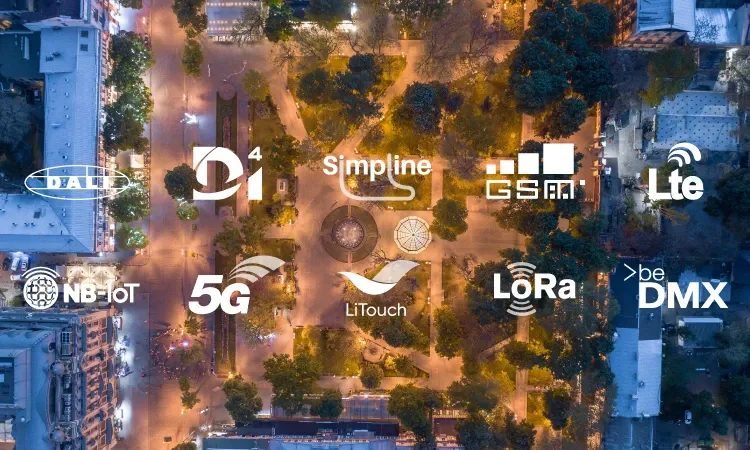The "Last Mile" in Lighting Control
The "Last Mile" in lighting control, exploring the methods of data transmission from the heart of the gateway to the luminaire, and how to tailor your choice to your project's needs.
Who Should Know About the "Last Mile"?
Primarily, this article caters to professionals working in lighting implementation. While the average consumer might not ponder over the mechanisms—whether it's Radio, PLC, or GSM—that control their lighting, they expect efficiency and reliability. However, this insight might also intrigue those keen on general knowledge about lighting systems.

